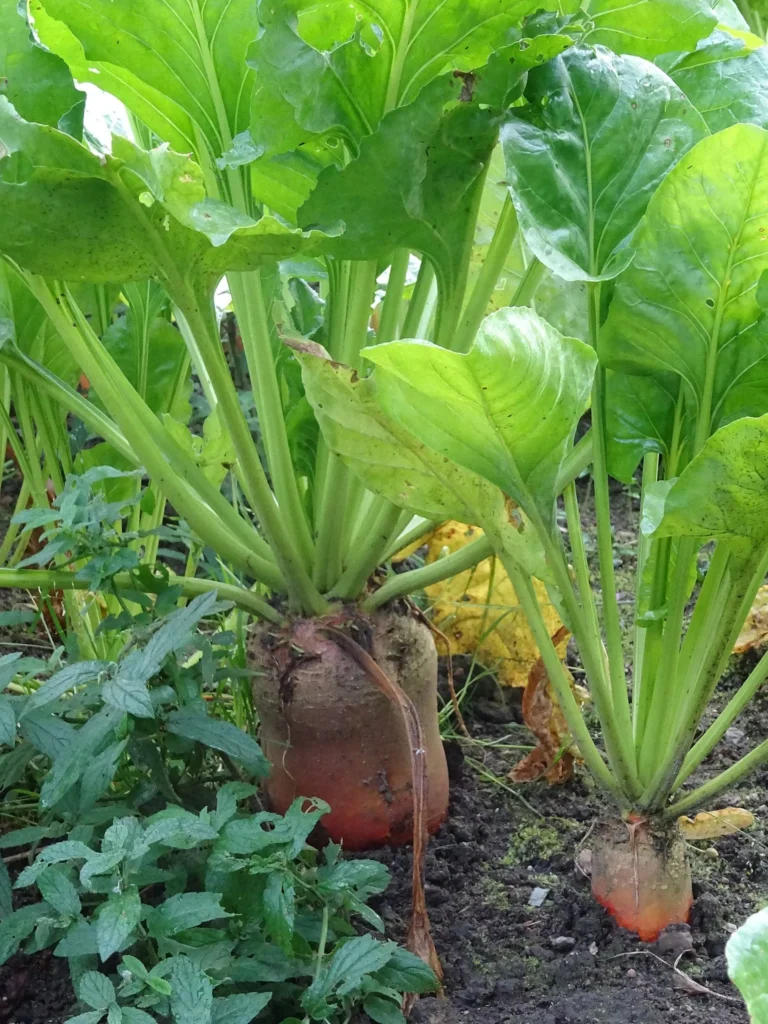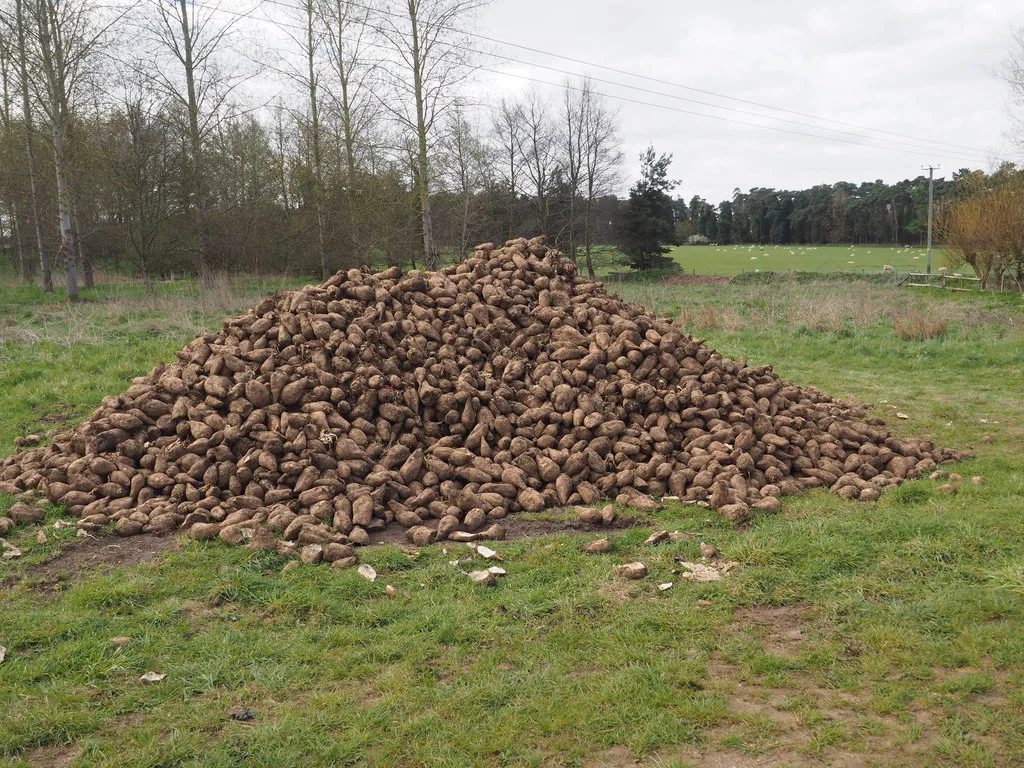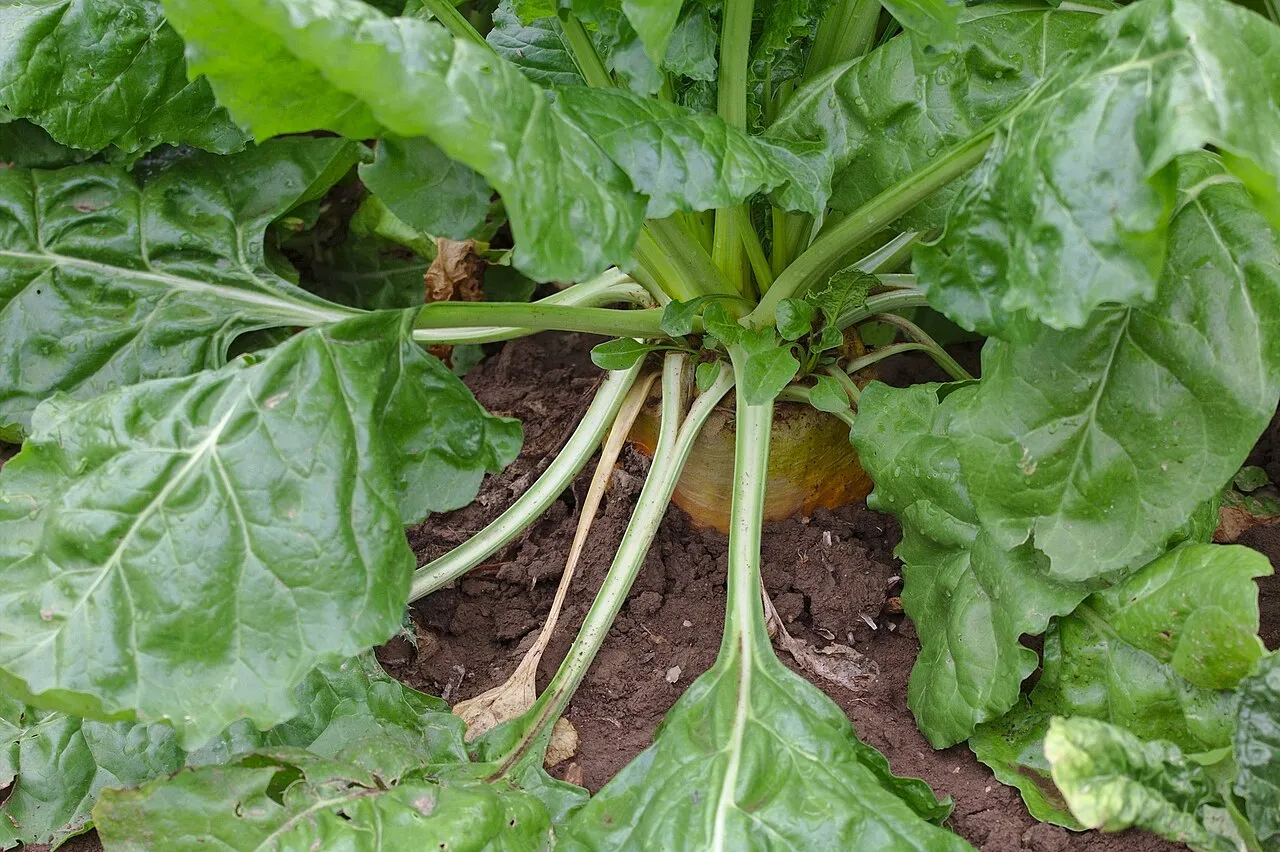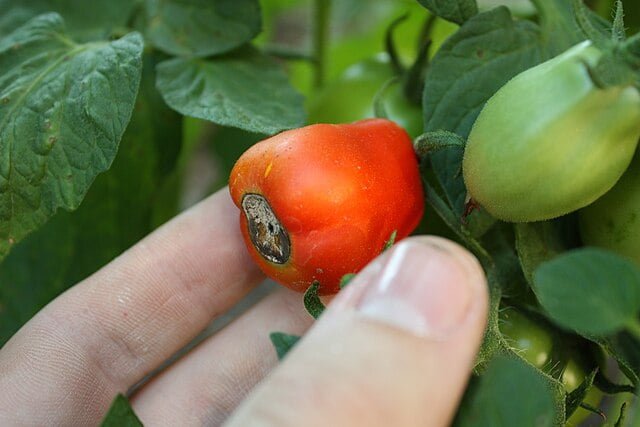How to Grow Mangel Wurzel: Cultivating the Giant of the Beet Family
Mangel-wurzel, or simply mangel, combines the benefits of root and leafy vegetables, offering both substantial, edible roots and nutrient-rich greens. These hardy beets can be a practical addition to any garden, especially for those looking to explore historical or heirloom crops. Here’s how to grow and make the most of these impressive vegetables.
Why Grow Mangel Wurzel?
They are renowned for their impressive size, with roots often weighing several pounds. They’re an excellent source of fodder for livestock, particularly in winter months. For human consumption, both the roots and greens are rich in nutrients, offering vitamins, minerals, and fiber. They can also be used in culinary applications, from soups and stews to pickles.
How to Grow Mangel Wurzel

Selecting Varieties
There are several varieties of mangel, ranging in colour from yellow to red. Some popular varieties include:
- ‘Mammoth Red’: Produces large, red roots ideal for both livestock feed and human consumption.
- ‘Golden Eckendorf’: Known for its yellow roots, this variety is particularly sweet and great for cooking.
- ‘Giant Yellow Eckendorf’: Another yellow variety, valued for its high yield and storage capability.
How to Plant
- Timing: Sow mangel seeds directly in the garden in late spring, once the soil has warmed. Mangels require a long growing season, so plant as early as the climate allows.
- Soil and Site: Choose a location with full sun and deep, well-draining soil. Mangels grow best in soil with a pH between 6.0 and 7.5. Prepare the bed by loosening the soil to at least 12 inches deep and incorporating plenty of organic matter.
- Sowing Seeds: Plant seeds about 1 inch deep and 2-3 inches apart in rows spaced 18-24 inches apart. Thin seedlings to 12-18 inches apart once they are a few inches tall.
Caring for Mangel Plants
- Watering: Provide consistent moisture, especially during dry periods, to promote even root growth. Avoid overwatering, as this can lead to root rot.
- Mulching: Apply a layer of organic mulch around plants to retain soil moisture, suppress weeds, and regulate soil temperature.
- Feeding: Fertilize mangels with a balanced, all-purpose fertilizer at planting time and again midseason to support robust growth.
Pest and Disease Management
They can be susceptible to the same pests and diseases as other beet varieties, such as leaf miners and powdery mildew. Use floating row covers to protect plants from pests and practice good garden hygiene to minimize disease.
Harvesting Mangel-Wurzel
- Timing: They are typically ready to harvest in late fall, before the ground freezes. The roots can be left in the ground until needed, or harvested and stored.
- Method: Use a garden fork to gently lift the roots from the ground. Brush off excess soil, and trim the tops and roots if storing.
Storing Mangel-Wurzel
Store roots in a cool, dark, and humid place, such as a root cellar, where they can last several months. The greens should be used fresh or can be blanched and frozen for later use.
Utilizing in Your Kitchen and Beyond
With its large, beet-like roots and leafy greens, is a versatile crop that can be used in various ways both in the kitchen and on the farm. Whether you’re looking to enhance your culinary repertoire or provide nutritious feed for livestock, mangel wurzel offers numerous benefits and uses.
Culinary Uses of Mangel Wurzel
In the Kitchen:
- Roots: The roots of can be treated similarly to beets. They can be boiled, roasted, or grated raw into salads for a sweet, earthy flavour. Roots are particularly good for making hearty soups and stews. When roasted, they develop a rich, caramelized texture and taste.
- Leaves: The leaves can be cooked like chard or spinach, making an excellent side dish when sautéed with garlic and olive oil. They are rich in vitamins and offer a milder flavour compared to other greens.
Preservation:
- Pickling: Both the roots and the tender young leaves can be pickled. This not only extends their shelf life but also enhances their flavour, making them a tasty addition to salads and sandwiches.
- Freezing: The greens of can be blanched and frozen for long-term storage, ensuring you have a supply of nutritious greens year-round.
Livestock Feed

Mangel wurzel has traditionally been grown as a feed crop for livestock, particularly cattle, pigs, and sheep. Its high water content and nutritive value make it an excellent supplement to dry feeds.
- Roots: The large roots can be sliced or chopped and mixed into the daily feed ration. They provide essential nutrients and help hydrate the animals.
- Leaves: The leaves are also suitable for feeding to livestock and can be used to add variety and nutrition to their diet.
Other Uses
- Soil Improvement: The cultivation of mangel wurzel can benefit your garden by helping to break up compacted soil layers with its deep roots. This improves soil structure and aeration, making it easier to grow other crops in rotation with mangel wurzel.
- Folk Medicine: In traditional folk medicine, they have been used for its supposed health benefits, including improving digestion and cleansing the liver. However, these uses are more anecdotal than scientifically proven.
Frequently Asked Questions (FAQs)
Additional Resources for Growing Mangel Wurzel

Final Thoughts
Growing mangel-wurzel can be both a practical and rewarding endeavour, providing ample feed for livestock or a nutritious, versatile vegetable for the kitchen. With proper care and attention, these giant beets can be a successful part of your gardening efforts.






